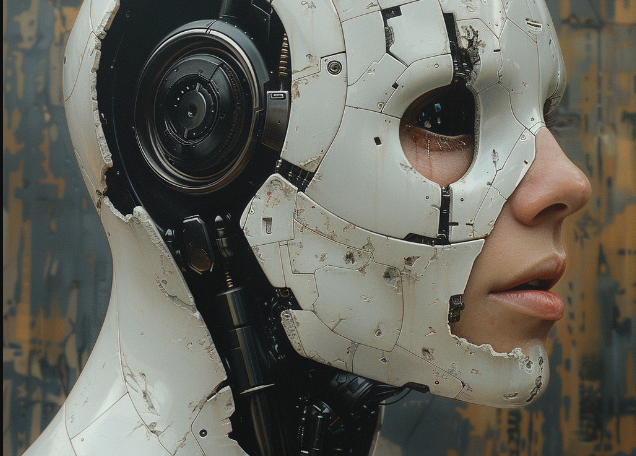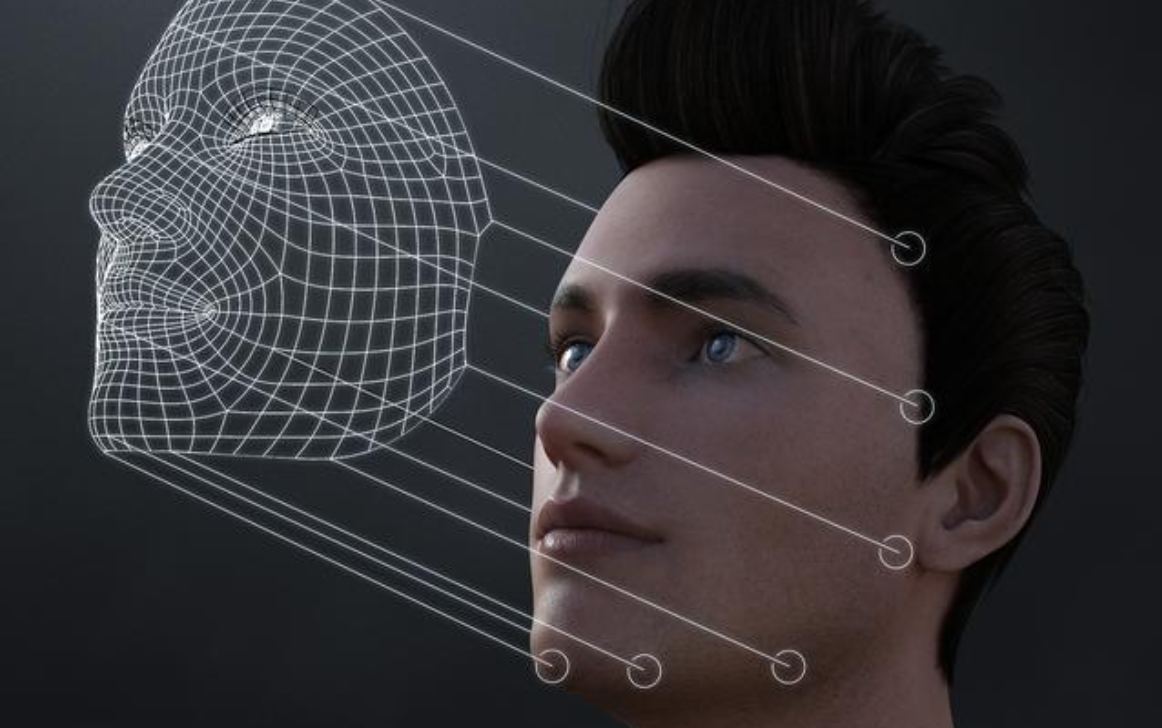Faceswap Video Online Free using artificial intelligence has come a long way from its early beginnings. Let’s explore its history and technological progress, practical applications, legal considerations, and how to responsibly use face swap video online for free.

Early Development
One of the earliest demonstrations of face-swapping was published in a 2009 research paper by Thies et al. They developed a system that could transfer facial expressions between images using landmark detection and image-warping algorithms.
In 2014, Nvidia researchers achieved impressive results by developing a neural network that learned the mapping between faces. This helped popularize “deepfakes” – realistically manipulated media using deep learning. However, early deepfakes often produced low-quality or distorted face swaps.
Advances in Computer Vision and Generative Models
Significant improvements emerged around 2017. Researchers at Nvidia, Intel and other companies began applying convolutional neural networks to computer vision tasks. CNNs excel at image classification and object detection by learning visual representations from vast datasets. Facial recognition algorithms became highly accurate due to CNN breakthroughs. Researchers at IBM and Microsoft incorporated CNNs into systems that could detect faces and facial landmarks with near-perfect precision (Deng et al., 2019; Cao et al., 2018). This enabled high-fidelity face swapping.
The rise of generative adversarial networks (GANs) in 2014 transformed face swapping. GANs involve training two neural networks – a generator and discriminator – against each other to generate synthetic images indistinguishable from real ones (Goodfellow et al., 2014). Researchers incorporated GANs into face-swapping systems. The generator produces face swaps while the discriminator tries to determine whether they are real or fake. This adversarial training yields highly realistic results (Nirkin et al., 2019; Kim et al., 2018).
Commercial and Non-Commercial Tools
As Faceswap video online free became more accessible, various tools emerged. Snapchat pioneered face filters allowing users to overlay AR effects. Apps like Reface and Morphin let anyone swap faces in selfies within seconds using pre-trained models.
Meanwhile, researchers released open-source face swap models. DeepFaceLab utilizes a GAN-based approach for high-fidelity swaps between any faces. Faceswap leverages CNN-based landmark detection and warping algorithms. These free tools sparked a wave of creative experimentation.
Faceswap Video Online Free Real-World Applications
Faceswap Video Online Free has found diverse applications when used responsibly and ethically. It allows visual effects in movies through digital design and character generation. Law enforcement utilizes it to generate age-progression photos to find missing persons. Faceswap Video Online Free also enables new creative avenues. Artists, YouTubers and TikTokers have produced parodies, animations and special effects content using these technologies. Some apply makeup or digital effects to faces without harming models.
Some great Faceswap video online free sites you can try out, like Imageenhan. The process is really simple: just upload your desired photos, select a ‘donor’ face to swap onto your own, and let the AI algorithms do the rest. These intuitive services can automatically detect and replace faces within seconds, producing realistic results thanks to advances in neural networks and machine learning.
Faceswap Video Online Free Legal Considerations
As with all emerging technologies, legal issues surrounding deepfakes have arisen. Major concerns involve the potential to generate manipulated media without consent for misinformation or digital impersonation purposes.
Several countries have enacted or proposed laws against the creation and distribution of deepfakes without consent when intended to cause harm. The US focuses on prohibiting impersonation deepfakes rather than banning the technology outright to balance privacy and free expression.
To avoid potential legal issues or spreading misinformation, some best practices are recommended when using face swap tools:
- Only swap faces of public figures or with explicit consent from individuals depicted.
- Do not generate deepfakes for harassment, impersonation or digitally altering someone without their permission.
- Clearly label creations as artificially manipulated if shared online.
- Consider online tools with moderation policies that prohibit unlawful or deceptive uses.
When handled responsibly, AI face swapping opens many opportunities for technical innovation, creative works and helping others. With continued progress, it will only become more accessible and beneficial to society.



